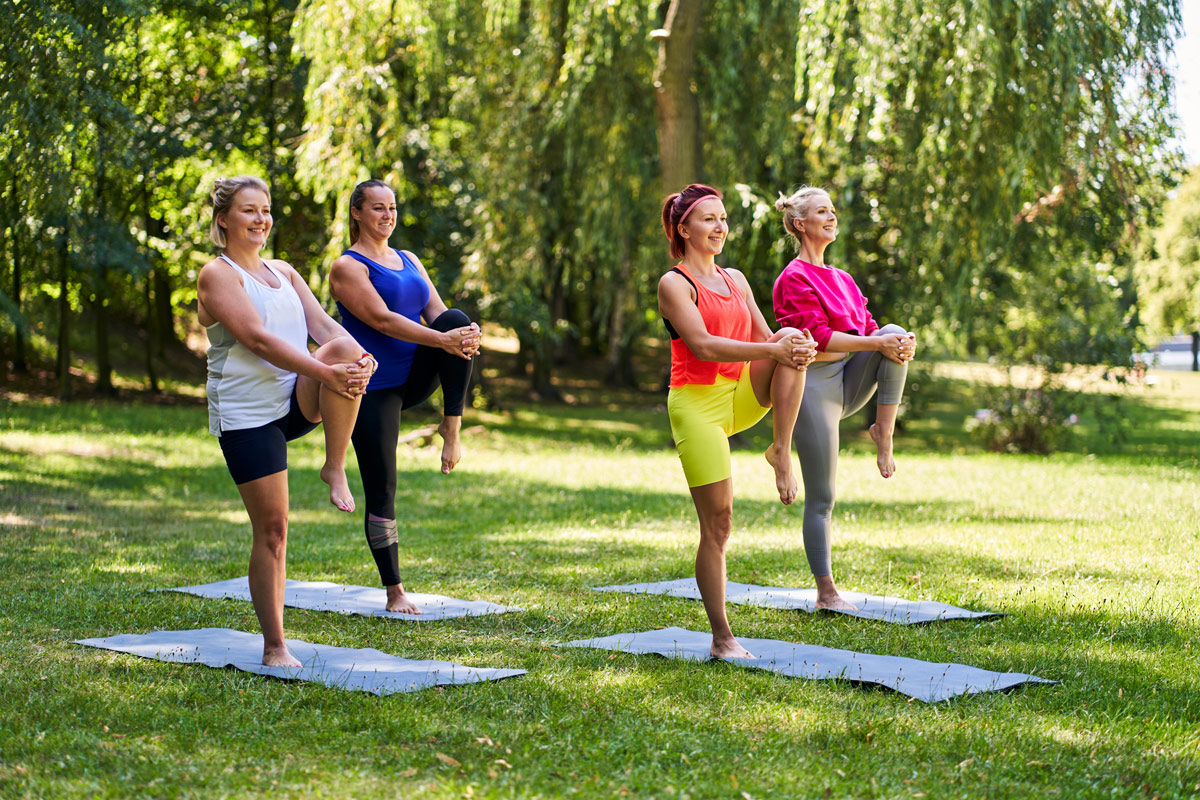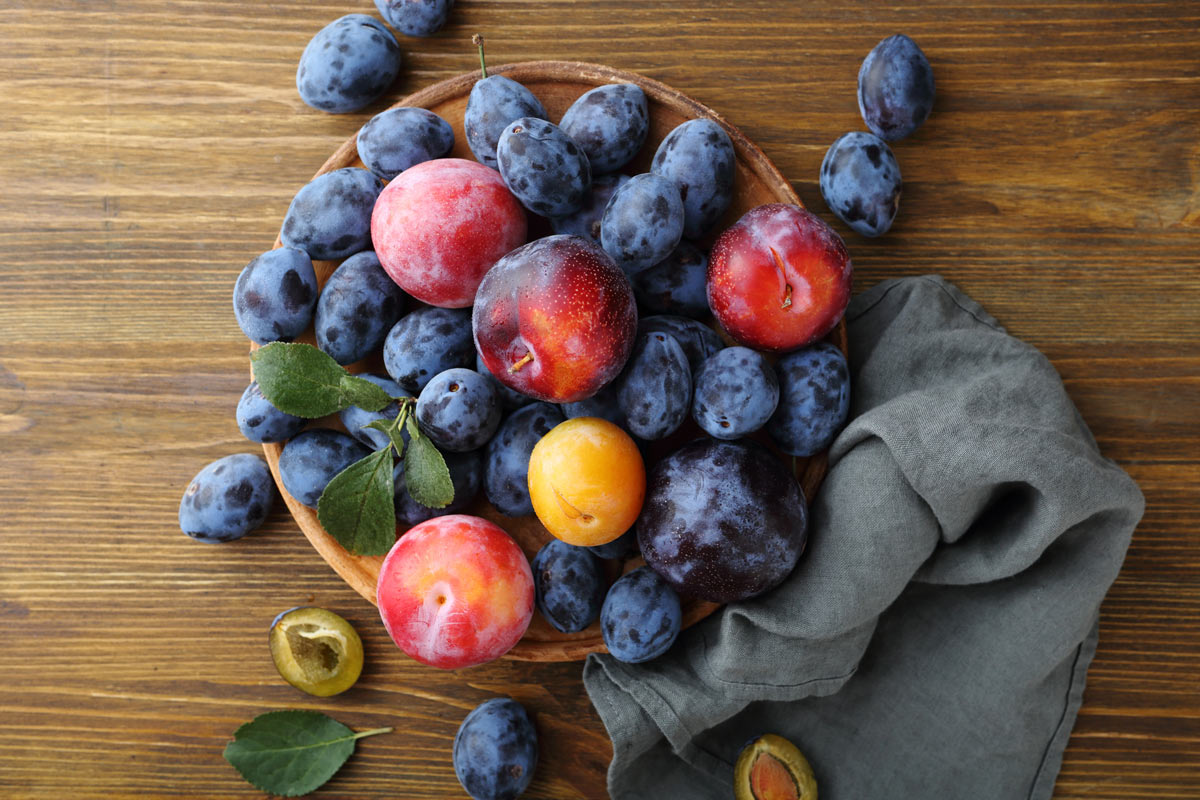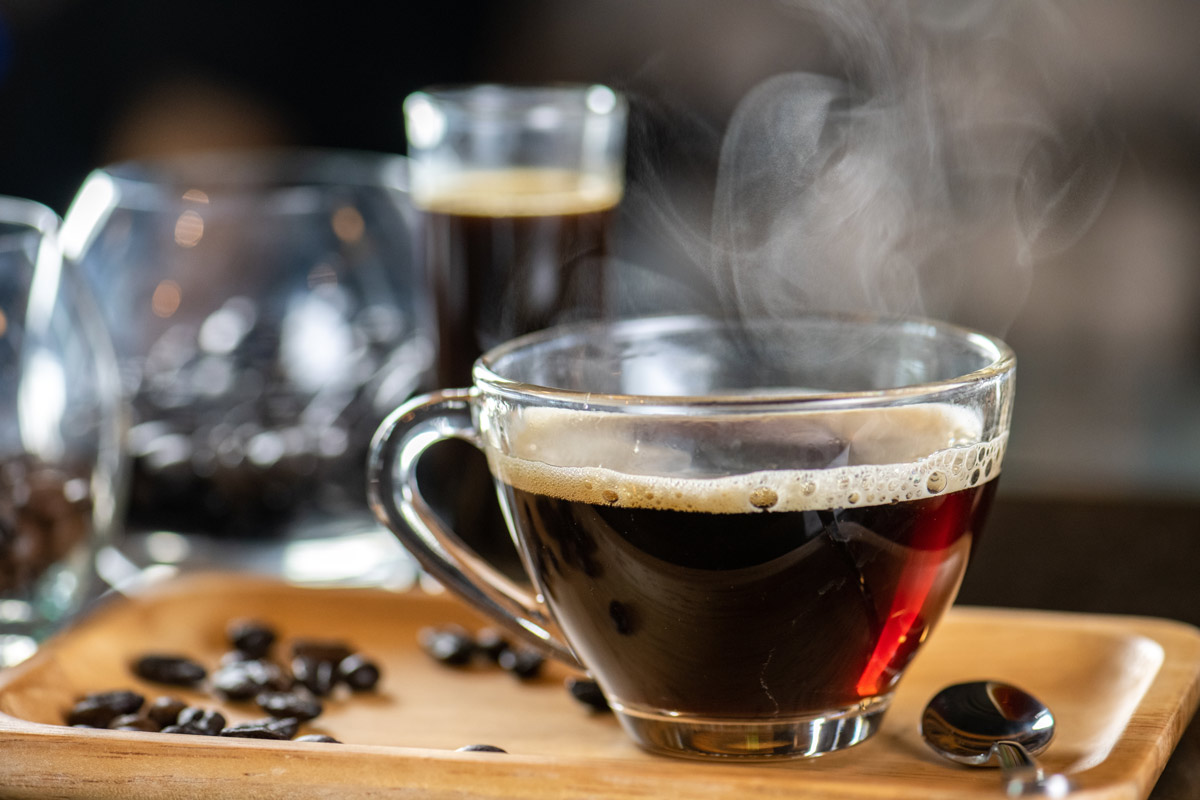Cicchetti Recipe, Spotlight on Chickpeas and Garbanzos, Rinse or Make it Fresh, Understanding Your Sweet Tooth and Strength Training As You Age
Looking for an easy-to-prep appetizer that also delivers on nutrients? These toasts with a double-bean dip hit the mark and can be enjoyed year-round (keep that basil plant growing indoors to have the fresh herb throughout the winter). A new study on preferences for sweets found that your sweet tooth is likely unique to you, not influenced by the amount of treats you eat. One thing we all have in common is the progressive loss of all-important muscle as we age. I’m sharing the American Council on Exercise’s idea for how to fight back.
Cicchetti
 Cicchetti
CicchettiCalled cicchetti in Venice, their birthplace, these appetizers are a favorite around the world, especially among the large Italian population in Australia. They’re also quick to assemble from pantry ingredients. For more recipes popular Down Under, check out the Pressing Report in this quarter’s shipment of fresh-pressed olive oils.
Ingredients
- 1 baguette, sliced crosswise into 1/2-inch pieces, about 24 slices
- Extra virgin olive oil
- 2 cloves garlic, peeled and finely minced
- 1/2 teaspoon crushed red pepper flakes, plus more for topping
- One 15-ounce can cannellini beans, drained and rinsed
- One 15-ounce can chickpeas, drained and rinsed
- 3 tablespoons finely chopped basil, divided use
- 1 tablespoon fresh lemon juice
- 2 teaspoons finely grated lemon zest
- Coarse sea salt
- Freshly ground black pepper
Directions
Step 1
Make the crostini (toasts): Preheat your oven to 400°F. Line a rimmed sheet pan with parchment paper for easy cleanup. Arrange the bread slices in a single layer on the pan and brush both sides of each slice with olive oil. Bake, turning once, until the bread is golden brown, about 10 minutes.
Step 2
Heat a wide saucepan over medium-low heat. When hot, add 2 tablespoons olive oil to the pan along with the garlic. Cook for 2 to 3 minutes, or until the garlic is soft but not brown. Stir in the pepper flakes and cook for 1 minute more. Reserve about 1/2 cup chickpeas and add the rest along with the beans to the pan. Cook for 5 minutes, stirring occasionally, or until the beans are warmed through, then mash them with the back of a wooden spoon, a potato masher, or a fork. Stir in half the basil, the lemon juice, and lemon zest. If the beans seem dry, add more olive oil, 1 tablespoon at a time. Season with salt and pepper to taste.
Step 3
Top each crostini with a spoonful of the bean mixture, then drizzle with olive oil. Garnish with the rest of the chopped basil, the reserved chickpeas, and more red pepper flakes if desired. Refrigerate any leftover bean mixture; it will keep for two days.
Yields 6 to 8 servings

Healthy Ingredient Spotlight
Chickpeas or Garbanzos?
The name of this nutritious legume varies geographically—they’re called garbanzo beans in Spain and ceci in Italy, which translates to chickpeas—but they’re chockfull of goodness in any language. An excellent source of protein and fiber, with 14.5 and 12.5 grams, respectively, per cooked cup, they also deliver on vitamins like folate and other B vitamins, A, E, and C, as well as minerals, notably manganese, plus copper, zinc, iron, and potassium.


Quick Kitchen Nugget
Rinse, Rinse, Rinse…or Make it Fresh
Canned chickpeas are very convenient, though you’ll want to rinse them in cold water and drain well before using. However, if you’ve never tried making them from dried beans, you’ll be amazed at how even more delicious they are.
When planning needed quantities, keep in mind that 1 cup of dried chickpeas yields about 3 cups cooked. The night before or early in the morning of the day you plan to use them, add the dried chickpeas to a large bowl and cover with 3 to 4 inches of water. Let sit for 8 to 12 hours—they will triple in volume, then rinse and drain.
Place them in a stockpot and cover with 3 to 4 inches of fresh water. Bring the water to a boil, then turn down the heat to a simmer. Cook until tender but still firm, about 1-1/2 to 2 hours. Drain and proceed with your recipe. If not using right away, let cool to room temperature before refrigerating.

For Your Best Health
Understanding Your Sweet Tooth
According to a six-month randomized trial done in the Netherlands, eating more sweet-tasting foods doesn’t increase a preference for sweets, while cutting sugar won’t curb a sweet tooth. In fact, participants on diets with high, low, or mixed sweetness levels showed no changes in their sweet taste preferences. The findings were presented at NUTRITION 2025, the flagship annual meeting of the American Society for Nutrition.
For the study, three groups of about 60 volunteers each were given diets that were either mostly sweet, less sweet, or a mix of foods. The researchers categorized foods based on their sweetness by using data from their previous study that measured taste intensity in about 500 commonly eaten Dutch foods. Sweet products included items like jam, milk chocolate, sweetened dairy, and sugar-sweetened drinks. Non-sweet items included foods like ham, cheese, peanut butter, hummus, salted popcorn, and sparkling water.
Food and drink packages were delivered to each participant every two weeks for six months, providing about half their daily food items. They also received daily menus for guidance but could eat as much or as little of the provided foods as they wanted. To make sure that there were no confounding factors, the carbohydrate, fat, and protein composition of the foods and drinks provided to each group were matched. The researchers also randomized participants who fell into similar sex, age, and body weight categories, to avoid large differences among the groups.
The study was rigorous in design: Each person’s preference for sweet taste was tested before the intervention diet began, two times during the diet, directly after the diet ended, and at one and four months afterward. The researchers also looked at total energy and macronutrient intake; dietary intakes during the trial; and physiological measures like body weight, body composition, and blood markers that increase the risk of diabetes and cardiovascular diseases, such as glucose, insulin, and cholesterol.
Study results suggest that sweetness alone isn’t to blame for overeating. The researchers found that lower exposure to sweet-tasting foods did not lead to shifts in sweet taste preferences, changes in sweet taste perception, changes in food choice, or energy intake. Likewise, the group eating more sweet-tasting foods did not experience an increased preference for sweet foods. After the intervention, the participants naturally returned to baseline levels of sweet food intake at the one- and four-month follow-ups.
“We also found that diets with lower or higher dietary sweetness were not associated with changes in energy consumption or body weight,” said the study’s lead investigator, Kees de Graaf, PhD, emeritus professor in sensory science and eating behavior at the Division of Human Nutrition and Health at Wageningen University in the Netherlands. “Even though many people believe that sweet foods promote higher energy intake, our study showed that sweetness alone isn’t to blame for taking in too many calories.” Nor did they find an association between the amount of sweet food consumed and changes in biomarkers for diabetes and cardiovascular disease.
“This is one of the first studies to measure and adjust sweetness across the whole diet within a realistic range of what people actually consume,” said Dr. de Graaf. “This matters because some people avoid sweet-tasting foods, believing that regular exposure will increase their preference for sweetness, but our results show that’s not the case.”

Fitness Flash
Strength Training As You Age

According to the experts at ACE (American Council on Exercise), the importance of strength training in later years can’t be overstated, with effects on longevity; “healthspan,” the number of years a person can live without chronic or debilitating disease; and “strengthspan,” a measure of physical strength over our lifespan, which directly relates to the ability to function independently and move safely as we age.
Here’s why it’s so vital: Many age-related issues that impact quality of life, from balance and grip strength to osteoporosis and sarcopenia (the decline in muscle mass, strength, and performance), can be countered by building muscular strength and function early in life and then maintaining it as we grow older. Yet it’s never too late to get started.
Muscle loss sneaks up on you.The decline starts slowly in your 30s, then accelerates after age 65 in women, 70 in men. The loss of muscle is due to several factors, including declines in hormone production, developing insulin resistance and experiencing fat gain, changes in the neurological system, and an increase in systemic inflammation. Understandably, sarcopenia is linked with an increased risk for many adverse health outcomes, such as higher rates of falls, functional loss, and chronic disease. While you can’t stop aging, you can keep active and slow down the decline by strengthening your muscles.
The Physical Activity Guidelines for Americans recommends muscle-strengthening activities on at least 2 days per week (this is in addition to aerobic workouts and flexibility and balance work), with a minimum of 1 day of recovery between sessions that target the same muscle group. Sessions should include 6 to 10 exercises, including both multi-joint and single-joint exercises, that train all major muscle groups—chest, back, shoulders, arms, torso, hips, and legs—and focus on function and mobility. These are done in sets (usually 1 to 3) of 8 to 12 repetitions each, using progressively heavier weights to keep muscles challenged.
There are hundreds of strength training exercises that can be done with free weights (like dumbbells, barbells, and bands) or machines. To learn proper form, address your unique needs, and avoid injury, get started by working with a trainer who can put together a routine that works best for you.
Get More Recipes In Your Inbox!








